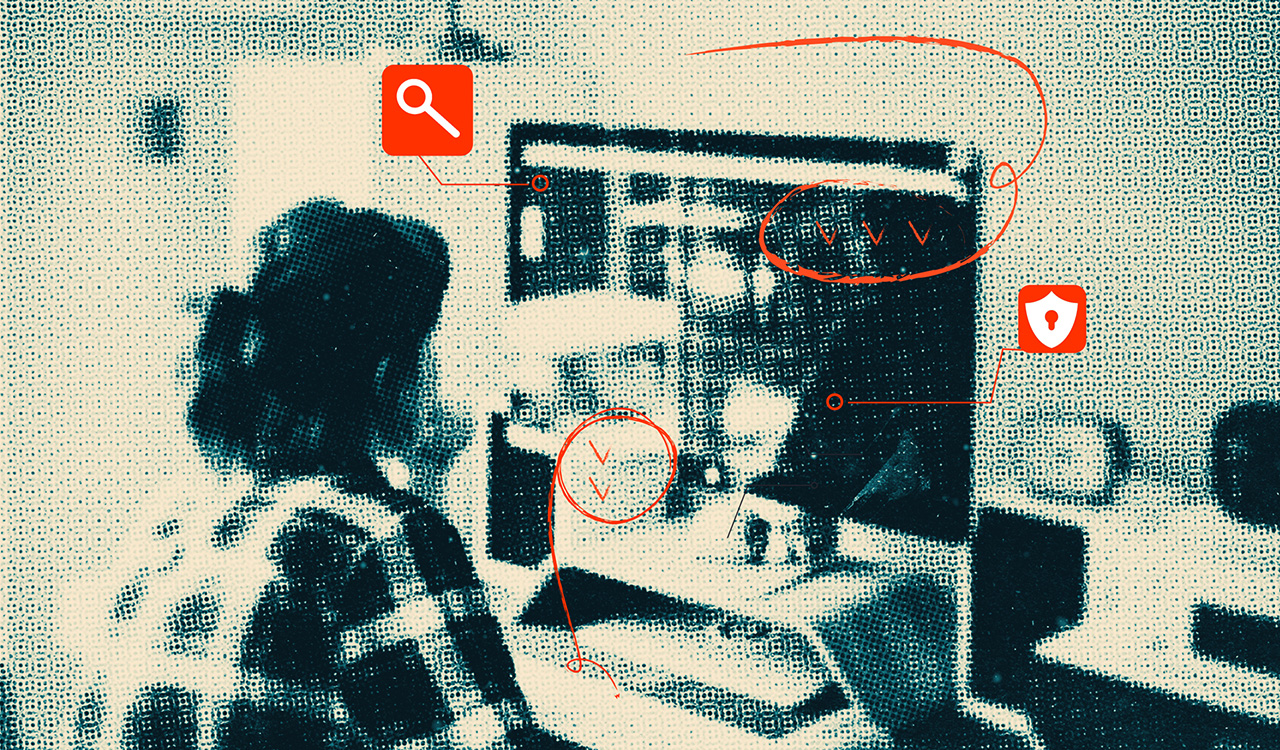The masked and the unmasked joined forces in Austin after a two-year South by Southwest (SXSW) drought. The sidewalk terror normally caused by the Lime scooter brigades was diminished by smaller crowds overall, yet the conference was surprisingly robust. An array of 15 tracks were staged this year. Retail and fashion didn’t earn stand-alone track status but held sway in selected technology and futures talks.
Megatrends
A few megatrends dominated the conference sessions. I will briefly describe the trend, then consider the implications for the retail industry.
Web 3.0
- First, Web 3.0 is a concept that dovetails with the blockchain. A simplified definition of the model is a decentralized web infrastructure that succeeds the current tech-giant controlled system. It is built on a blockchain that shifts the control of personal data and its inherent value from the tech giants to the user. It represents a middle-man-free alternative to the current internet engagement system and is supported by a verifiable ledger. Web 3.0 users will traverse the web with a single digital, government-backed ID.
Iterations of Web. 3.0 include decentralized finance (De-fi), a bank-free blockchain-based financial methodology and payment system. De-fi has an offshoot of its own in the form of fractionalized ownership (real estate, digital art, physical art, etc.). Digital autonomous organizations (DAOs), another buzzy Web 3.0 progeny, are cooperative business structures where users are the shareholders and the shareholders are the users.
- Implications: Depending on your perspective, in the Web 2.0 environment, the intermediary role practiced by a technology platform or company represents either a monopolistic predator, a protection layer, or both. For retail, the web hosting services provided by AWS, Microsoft’s Azure, Cloudflare, and their competitors, have proved essential in easing both the creation and operation of large-scale ecommerce functionality. The App Store is another intermediary. Apple tests and screens the apps it supports for safety and functionality, further, it regularly scans the app inventory for emergent threats. It charges developers and brands a substantial fee per download for this security. As a result, consumers trust the apps they download from the App store. In a Web.3.0 system, an app developer or brand would distribute application downloads directly to consumers, rejecting the intermediary but costly oversight of the Apple’s App store or Google Play. If a security vulnerability in a Web 3.0 application goes unchecked, allowing a corrupted app to run rampant and perhaps access consumer payment data or unleash a ransomware attack, the blowback could potentially hurt the retailers or brands who opted for the decentralized approach.
The Metaverse, NFTs and Tokenization
- I’ve wrapped two related key trends together: the metaverse and NFTs or tokenization. While The Robin Report has covered these developments, SXSW often serves as a barometer to test the strength of a developing trend. Mark Zuckerberg made a remote appearance, again staking his company’s (Meta) claim on the developing format. Zuckerberg’s chat presented a Web 2.0 (centralized) perspective of the metaverse containing a tokenized economy with exchanges of virtual goods and services. Zuckerberg added that an NFT exchange would soon be available on Instagram. Meta’s notion of a centralized metaverse was seconded by Mark Cuban as he promoted his NFT startup Fireside. Cuban’s hope for NFTs is that tokenization would be less about the ownership of digital goods than representative of membership, fandom, and a portal to exclusive activities and experiences. Additional gaming and media companies presented developments, but a seasoned perspective on a functioning metaverse was described by Phillip Rosedale, the creator and host of Second Life, a still vibrant virtual world (metaverse) spawned in 2002. Rosedale advised that a sustained and successful virtual community requires a feeling of connection among members, suggesting that member interaction is what will create more than metaverse tourism — a metaverse second life. His theory is that the now developing metaverse will progress as a series of islands developed by different owners (companies or brands), but the unlock for a successful metaverse, what he calls “the big M,” will manifest when “bridges of interoperability connect the islands.” Rosedale continued, “If a few big companies compete to own it, I don’t think we will ever get there.” The Second Life economic model has survived on monthly land rental fees and a small service charge on the goods exchanged between members. Rosedale still believes this meta-economic model should hold, based solely on virtual exchanges in the metaverse, not one that is dependent on user data exploitation or advertising.
Phillip Rosedale, founder of Second Life, believes that a sustained and successful virtual community requires a feeling of connection among members, suggesting that member interaction is what will create more than metaverse tourism — a metaverse second life.
- Implications: It is too early to say whether NFT secured digital goods represent a commercial channel of the future or a fad as Mark Cuban believes, to be replaced by NFT-based memberships, rewards, and experiences. The limits of virtual apparel utility were highlighted in a panel on Fashion’s Virtual Frontier. Ralph Lauren’s Alice Delahunt bemoaned the lack of both interoperability between the gaming entities and the general utility of virtual apparel, as well as the lack of a tactile connection between virtual apparel and a physical consumer. Both Zuckerberg and Rosedale’s visions of this early-stage metaverse, what we can call the dial-up phase, are either dependent on virtual reality or function in a primitive, two-dimensional, web-based format. VR dependence could limit the adoption of the metaverse to a gaming-oriented cohort. If Meta, Microsoft, and Nvidia have their way, immersive headsets will be a standard tool for professional engagement which could unleash a robust commercial metaverse channel with a greater reach. In the SXSW session, Zuckerberg suggested that functional, attractive and powerful augmented reality (AR) glasses have proved elusive to Meta’s developers. Functional AR could be the threshold to greater metaverse engagement with a strong retail component for those who reject the immersive experience, but it appears that we will not be donning those spectacles anytime soon.
A Quantum Optimized Future
- A third trend that carries weight for a future iteration of retail and fashion is QX (quantum experience). I will combine the trend and retail implications because quantum optimization is still years from realization. In a panel discussion, Dr. Eric Lucero, Chief Engineer at Google Quantum AI estimated that the next leap in quantum development should be achieved by 2030, although a disrupted international component supply chain could slow its progress. Among the unique qualities of quantum computing are the sophisticated solutions determined by the system’s real-time problem-solving capabilities that are considerable for our industry and the overall economy. This real-time capability allows for results that dwarf the problem-solving capacity of the most powerful supercomputers. When this capability is combined with 5 and later 6G connections, it will unlock efficiencies that will alter functionality across multiple fronts. It will optimize delivery proficiency, product assortment, distribution networks, predictive analytics, and yet to be imagined functions.
Retail’s Perspective
The depth and scale of content available at SXSW are exhaustive. The challenge is to find context and relevance to the retail industry among the impressive tech innovations in different phases of development. Both the metaverse and NFTs are currently available for observation, examination, and experimentation. Quantum capabilities present an opportunity to learn now in anticipation of a monumental technology shift. Strategizing now around the systems that will affect our industry in the coming decade may run counter to our ROI, KPI, and short-term reporting inclinations. But a lesson we should heed from the shock of Covid is that things can change in an instant. Developing an vision of how the future of our industry may manifest guards against shocks and creates resilience and readiness in the face of change.





